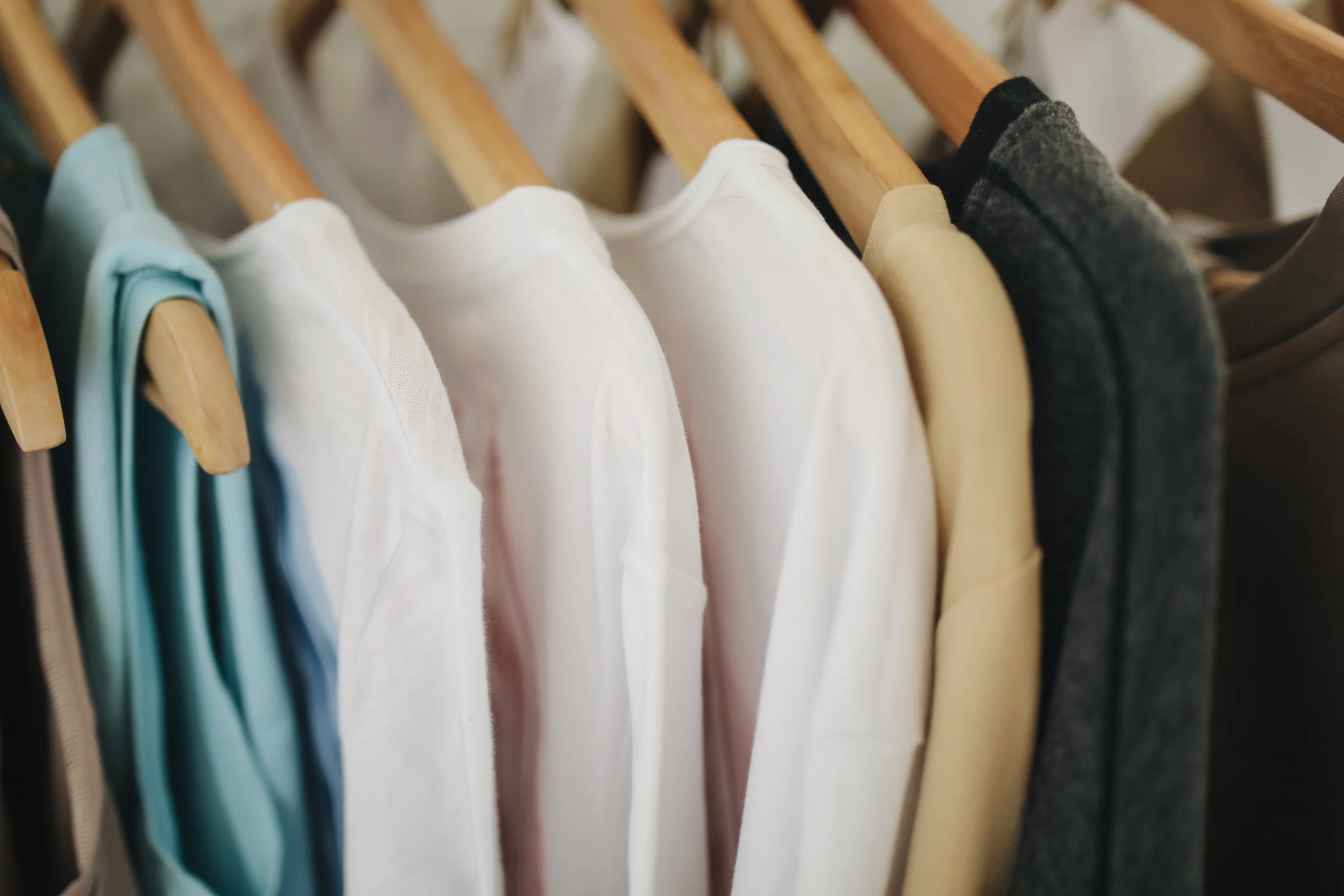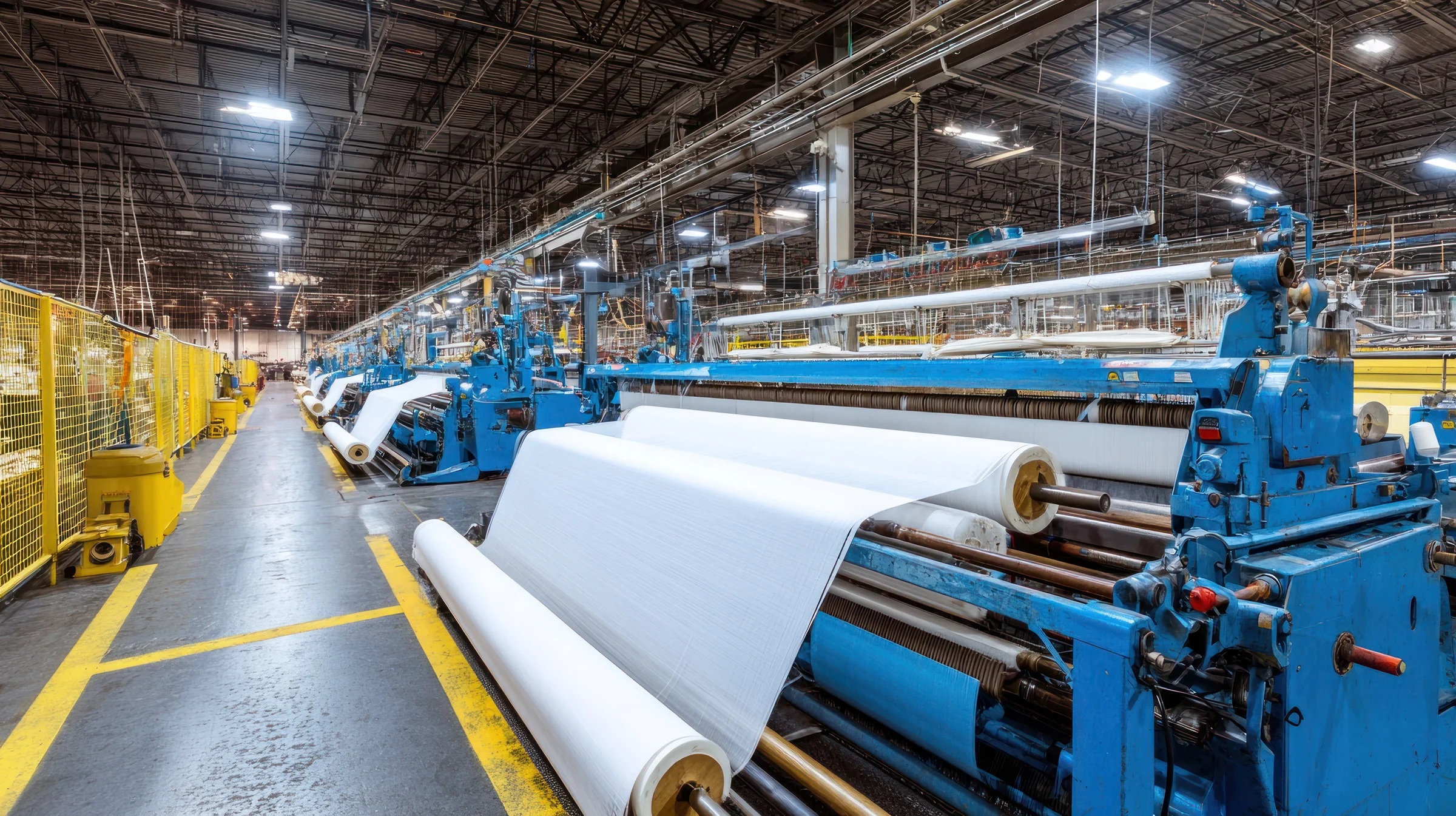How is a garment made - and what changes with upcycling?
What are the differences between making a conventional garment and an upcycled one?

your
textile products with us?
Manufacturing a single cotton T-shirt requires around 2,700 liters of water*- equivalent to what a person drinks in two years.
This staggering figure alone illustrates the environmental impact of traditional textile production: a resource-hungry, CO₂-emitting, waste-generating industry.
But to fully grasp what's at stake, we need to go back to the basics of traditional garment manufacturing: what explains its considerable impact? We'll then explore the differences in upcycling processes, and how the latter proposes a circular model, more sober and more intelligent.
The classic stages in garment manufacture
The textile manufacturing of a new garment follows a long and complex chain, mobilizing significant resources at every stage.
1. Raw material extraction and cultivation
This is the most resource-intensive stage.
- Natural fibers (like cotton) require massive irrigation and the use of chemical inputs.
- Synthetic fibers (such as polyester), on the other hand, depend on petrochemical resources and energy-intensive processes.
Right from this initial phase, the choice of material has a major influence on the garment's environmental impact.
2. Yarn processing and dyeing
Once harvested, the fibers are ginned, spun and dyed to the desired color.
This step involves :
- high water and energy consumption,
- the use of chemicals for dyeing, bleaching and finishing,
- and the production of polluting effluents that are difficult to treat.
Note: dyeing and finishing can account for up to 20% of global industrial water pollution**.

3. Weaving or knitting the fabric
The yarns are transformed into rolls of fabric using two processes with distinct characteristics:
- Weaving: threads (warp and weft) are interlaced to produce a woven fabric (e.g. denim, poplin).
- Knitting: stitches are formed from yarns to produce a knitted fabric (e.g. jersey, knitted fabric).
Added to this is the finishing phase (washing, softeners, water repellents, printing...), often the most polluting due to the intensive use of chemicals.
4. Cutting and assembly
Once the rolls of fabric are ready, it's time to cut and sew.
Fabrics are cut according to precise patterns, then assembled by garment makers to create the final product: t-shirts, shirts, pants or accessories.
This stage calls for real know-how, present in every region of the world.
Despite technological advances, sewing and assembly remain manual operations, requiring the precision and expertise of skilled craftsmen.
Whatever the production chain - conventional, recycled or upcycled - the common thread running through all our garments is the transformation of material into a finished product.
As a result, the textile industry generates almost 10% of the world's Co2.*** emissions.
What changes with upcycling
Upcycling proposes a radically different approach: producing from existing materials, without recreating new ones.
Fewer steps, less impact
Upcycling starts with textile products that have already been produced - second-hand clothes, unsold, defective items or production offcuts - which become the raw material for the process.
This principle changes everything.
By reusing what already exists, the first three most polluting stages of textile production are eliminated:
- cultivation and extraction of materials
- spinning
- weaving
In other words, three of the four stages of the classic cycle disappear, replaced by a more direct, more sober and more circular production.

Upcycling production stages
The process is streamlined:
- Recovery of materials: unsold items, dormant stocks, second-hand garments or production offcuts.
- Preparation: sorting, washing, cutting into yokes.
At Losanje, this phase is automated thanks to our robotized cutting technology, reducing waste and speeding up production.
- Assembly: the pieces are then sewn together to give life to a new textile product.
Environmental benefits
The gains are considerable:
- up to 90% CO₂ emissions avoided,
- up to 10,000 liters of water saved per garment,
- and no virgin resources extracted.
This makes upcycling a more environmentally-friendly alternative to a traditional model.

Conclusion: a new way of producing
Upcycling radically transforms the textile manufacturing chain: it's no longer a matter of creating new materials, but of reusing existing ones.
By eliminating the most polluting stages and optimizing the others, this method has become today's most environmentally-friendly textile production model.
* Source: European Parliament
** Source: European Parliament
*** Source: ADEME
Ideas, materials,
a project? We'd love to hear from you.
At Losanje, we can help you create responsible textile products, whether you have materials to recycle or not.
You might like
...



.png)
